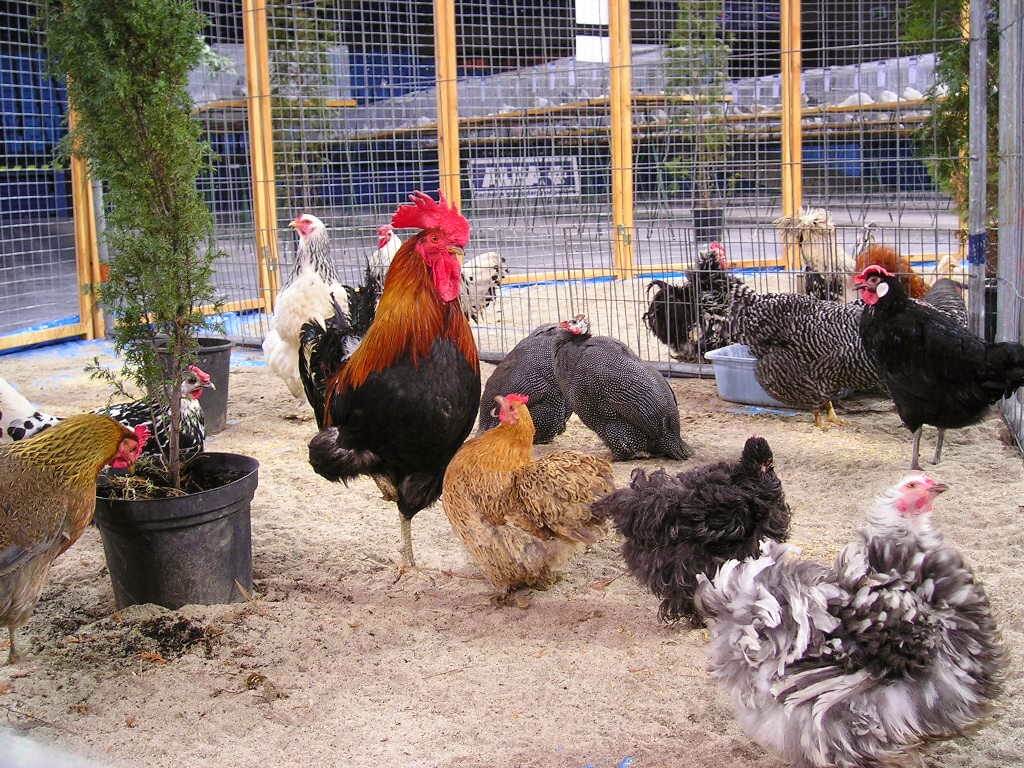Ornithologists distinguish the birds they admire by their shape, size, eating habits, plumage and a host of other distinct features. Those looking at birds to determine whether they are kosher or not may be frustrated by the lack of easy-to-recognize features. While the Torah declares that certain animals are kosher if they chew their cud and have split hooves and that fish are kosher if they have both fins and scales, no such specific markers are designated for birds.
When discussing which birds are kosher, however, the Torah simply states: Of all clean birds you may eat. But these are they of which you shall not eat” (Deuteronomy 14:11-12), and then provides a list of prohibited birds. Although many of the birds that are then listed are no longer identifiable to us, knowledge of the forbidden birds provided the sages with enough information to state:
“The sages have established, “That every bird, which strikes its talons into its prey [predatory birds] is of the unclean: every bird which has an additional claw, a crop, and of which the internal coat of the stomach may be readily peeled off, is of the clean species.” Rabbi Eleazar ben Zadok said, ‘Every bird which [when placed on a perch] divides its toes equally, is an unclean one.’” (Mishnah Chullin 3:6).
Because these distinguishing markers are not specifically listed in the Torah, the halacha (law) is that a bird is only kosher if there is a known history of the bird being kosher, a tradition passed down through the generations. Essentially this breaks down to chicken, dove, duck and certain types of pheasant, geese and quail. Turkey, which is not on the list, is considered kosher by most rabbinic authorities. (Click here to find out why.)
March 19 is Poultry Day.

If you like what you’ve read here, signup to get notifications about new treats.
Related Posts
Is It Kosher?
All natural produce in its original form is kosher--including fruits, vegetables, nuts…
0 Comments2 Minutes
 Print This Page
Print This Page